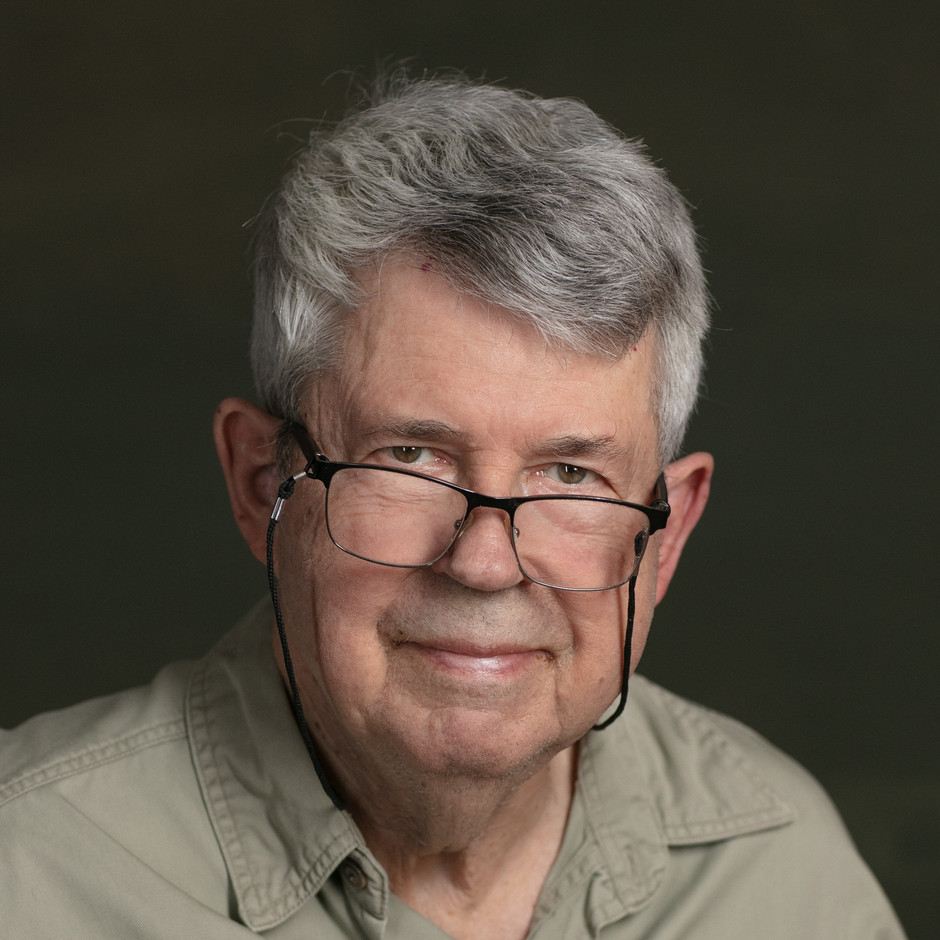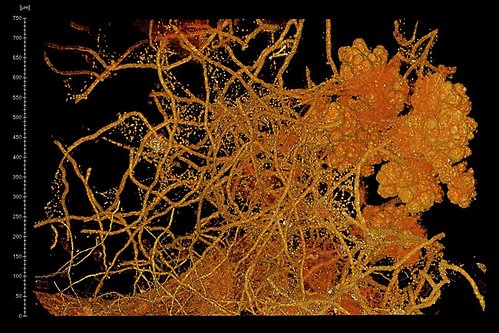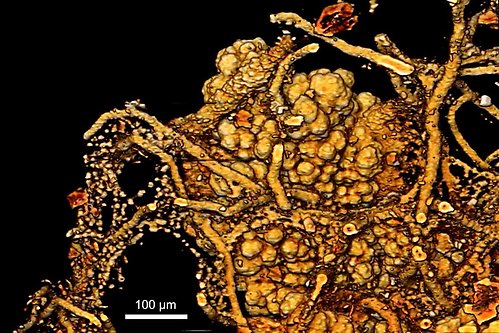Piecing together the puzzle of the evolution of life
Stefan is a professor emeritus and researcher at the department of Palaeobiology. Prior to retirement, he held the position of professor of paleozoology at the museum.
— I formally have no duties left at the museum, as I am not on the payroll. However, I am affiliated with the museum, continue my research there, and strive to participate in the unit's scientific and social life.
The early history of life on Earth
Stefan's research revolves around the history of the biosphere, focusing on transformative events that reshaped life's conditions on Earth, such as the oxygenation of the atmosphere, the emergence of eukaryotic cells, and the establishment of the three major groups of multicellular organisms: fungi, plants, and animals.
These are events spanning time periods so immense that we will never fully comprehend or bridge them, but that shouldn't deter us from contributing our bit to enable us to see a little further.
One of billions of solar systems
What spurred Stefan to become a researcher was the staggering realization that Earth has existed for several billion years, that our solar system is just one of many billions in the Milky Way, and that this galaxy is just one of thousands of billions in our bubble of the universe.
Stefan fondly recalls how he has assisted his colleagues in improving their results:
— On several occasions, I've managed to rescue colleagues from career-damaging situations by persuading them not to publish or to completely overhaul dubious works that would have sabotaged their careers if published. In one instance, by corroborating results so controversial that the initial publisher was accused of research misconduct and saw his career languish until I could demonstrate the validity of his findings, recounts Stefan, continuing:
— I, too, have been saved a few times by critical and constructive friends, and I've always thrived best when collaborating with colleagues who excel in areas I do not."
His work has often led to significant surprises, such as when he discovered that the millimeter-sized spheres found in Cambrian microfossil samples were actually unhatched eggs from the "Cambrian explosion," the first bloom of animals over half a billion years ago. This laid the groundwork for extensive mapping of the oldest animal world using X-ray microtomography performed by the museum at a Swiss synchrotron, the Swiss Light Source.
What does Stefan aim to achieve with his research?
— To find crucial puzzle pieces that provide fresh perspectives on the evolution of life. To feel that we are making a culturally valuable contribution and having fun in the process.
Contact details

Stefan Bengtson
Professor Emeritus
Paleontology
stefan.bengtson@nrm.se



